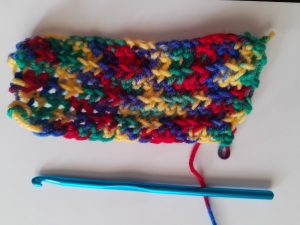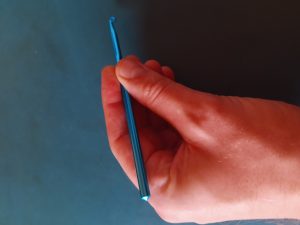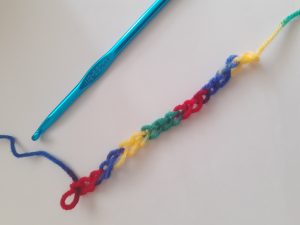Some of peers recently presented their inquiry work about mindfulness and application that can guide one through different forms of meditation. I personally see value in meditation, regardless of whether or not it is viewed as a spiritual activity. Just taking a moment to breathe and reflect can be very calming and good way to center oneself.
I would like to incorporate mindfulness activities into the classroom, but I feel like it can be a tricky issue if all learners are not on board. Some people are super apprehensive to any form of mediation due to associating it with a certain religion or people in robes chanting “ohm”. The reality is that almost every religion practices meditation in some form. When broaching the topic of meditation to the class I would be sure to cover it’s history, application, and the peer-reviewed research behind it. I would then poll the class to see the amount of buy-in; if there was a significant amount of people interested I would try to implement an optional, brief period of time to allow learners to breathe and reflect. This could either be done in total silence or guided using an app like calm .








Recent Comments